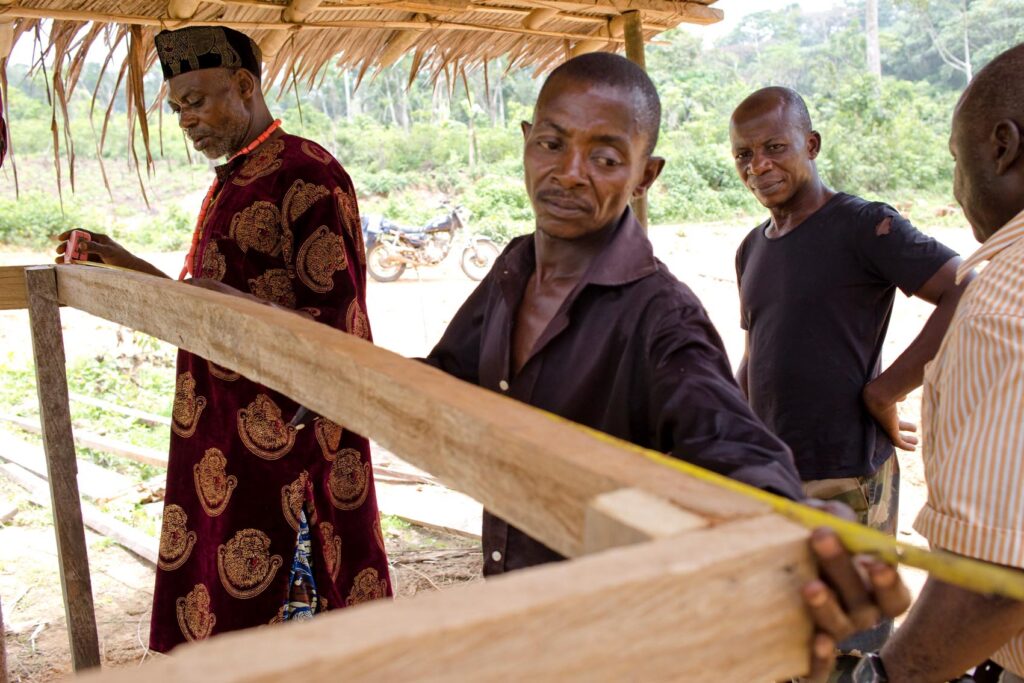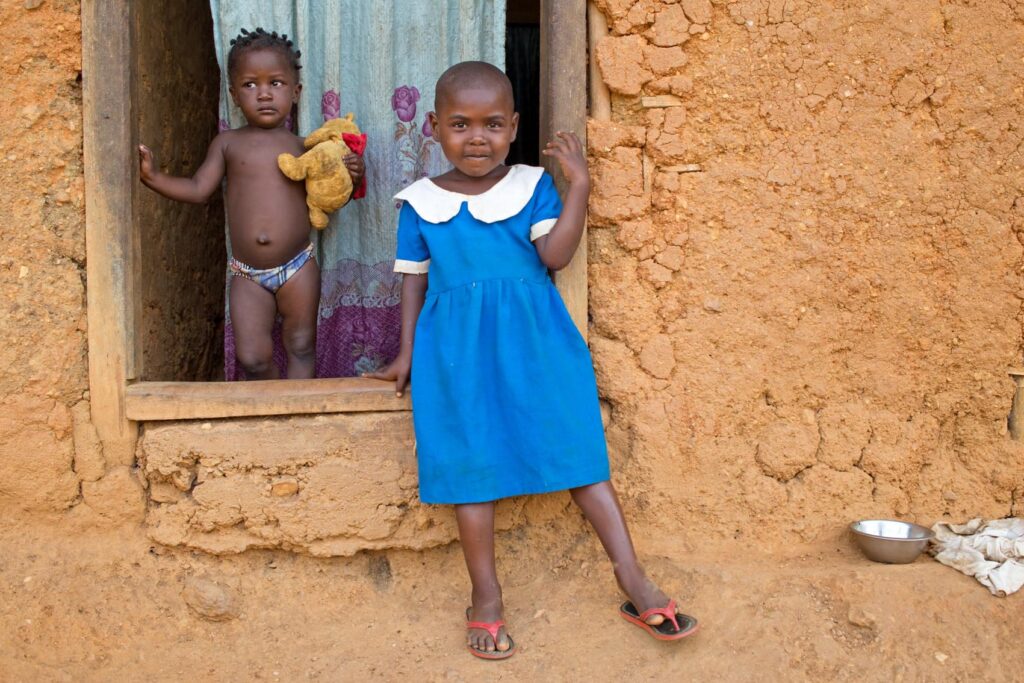Takamanda Locals
Engaging with Locals

Engaging with Local Communities at Takamanda National Park
At Takamanda National Park, we recognize that the involvement and support of local communities are crucial to the success of our conservation efforts. We are committed to fostering strong partnerships with the communities surrounding the park, ensuring that they benefit from conservation activities and are active participants in preserving the natural heritage of the region. Here are the key ways in which we engage with and support local communities:
Community-Based Conservation Initiatives

1. Participatory Resource Mapping
We engage local communities in participatory resource mapping to better understand and manage the park’s resources. By involving community members in the mapping process, we ensure that their knowledge and needs are integrated into conservation strategies. This collaborative approach helps to identify critical areas for conservation and sustainable use, fostering a sense of ownership and responsibility among the local population.
2. Sustainable Livelihood Programs
To reduce reliance on activities that harm the environment, such as hunting and deforestation, we have developed sustainable livelihood programs for local communities. These programs provide alternative income sources and promote sustainable practices. Key initiatives include:
- Agroforestry Projects: We have established community nurseries that focus on agroforestry practices, such as cultivating bush mangoes and other high-value crops. These nurseries provide seedlings for planting in
community forests, on park boundaries, and on private farmlands, promoting sustainable agriculture and forest regeneration.
Cassava Processing Units: To enhance local agricultural productivity and income, we have supplied cassava processing units to communities like Assam, Takpe, and Kajifu II. These units enable efficient processing of cassava, a staple crop, thereby adding value and improving livelihoods.
Rice Hulling Machine: In Tinta, a rice hulling machine has been provided to support local rice farmers, increasing their production capacity and economic stability.
Vocational Training and Education

1. Training for Repentant Poachers
Recognizing the impact of hunting on wildlife populations, we have implemented vocational training programs for repentant poachers. These programs provide skills and training in various trades, including woodwork, auto mechanics, plumbing, and fashion design. By offering alternative livelihoods, we aim to reduce hunting pressures and integrate former poachers into the community as productive members.
2. Scholarships for Local Students
Education is a cornerstone of our community engagement strategy. We offer scholarships to students from the Takamanda area to attend forestry schools and universities. These scholarships aim to build local capacity in conservation and natural resource management, empowering the next generation to take active roles in protecting their environment.
Infrastructure Development

1. Essential Facilities
With the support of the Programme for the Sustainable Management of Natural Resources in the Southwest Region (PSMNR-SWR), we have developed essential infrastructure to support both conservation efforts and community well-being. Key developments include:
- Ranger Posts: Construction of ranger posts in strategic locations such as Obonyi 1, Mbilishi, Kekpani, and Kalumo to enhance park protection and management.
- Health Centers: Establishment of an integrated health center at Matene to provide accessible healthcare services to local communities.
- Storage Facilities: Construction of storage facilities at Takamanda and Nfakwe to support community and park operations.
Community Engagement and Participation

1. Hunter Engagement Strategy
As part of our comprehensive approach to reducing hunting pressures, we identify and engage hunters in strategies aimed at changing their livelihood options. Through dialogue and collaboration, we work with hunters to transition them into sustainable activities that benefit both their families and the environment.
2. Community Meetings and Workshops
Regular meetings and workshops with community members are conducted to discuss conservation plans, address concerns, and ensure transparent communication. These forums provide a platform for locals to voice their opinions, contribute ideas, and stay informed about park activities and developments.
3. Cultural and Educational Programs
We organize cultural and educational programs to raise awareness about the importance of conservation and the benefits it brings to local communities. These programs include traditional ceremonies, environmental education sessions, and interactive activities that highlight the park’s biodiversity and the need for its protection.






Achievements and Impact
1. Empowerment and Employment
Through our various initiatives, we have empowered local communities by providing employment opportunities, vocational training, and support for sustainable agriculture. These efforts have led to improved livelihoods, reduced dependence on destructive practices, and enhanced community well-being.
2. Conservation Successes
The active involvement of local communities in conservation activities has contributed to the successful protection and monitoring of endangered species, habitat restoration, and overall biodiversity conservation. Community participation has been instrumental in reducing poaching and promoting sustainable resource management.
Future Plans
We are committed to expanding our community engagement efforts and strengthening partnerships with local communities. Future plans include:
- Expanding Vocational Training Programs: To include more diverse skills and trades, further reducing dependence on hunting and deforestation.
- Enhancing Educational Opportunities: By increasing scholarship offerings and developing local educational institutions focused on conservation and natural resource management.
- Developing Eco-tourism Projects: That directly benefit local communities, providing additional income and raising awareness about the park’s conservation efforts.
